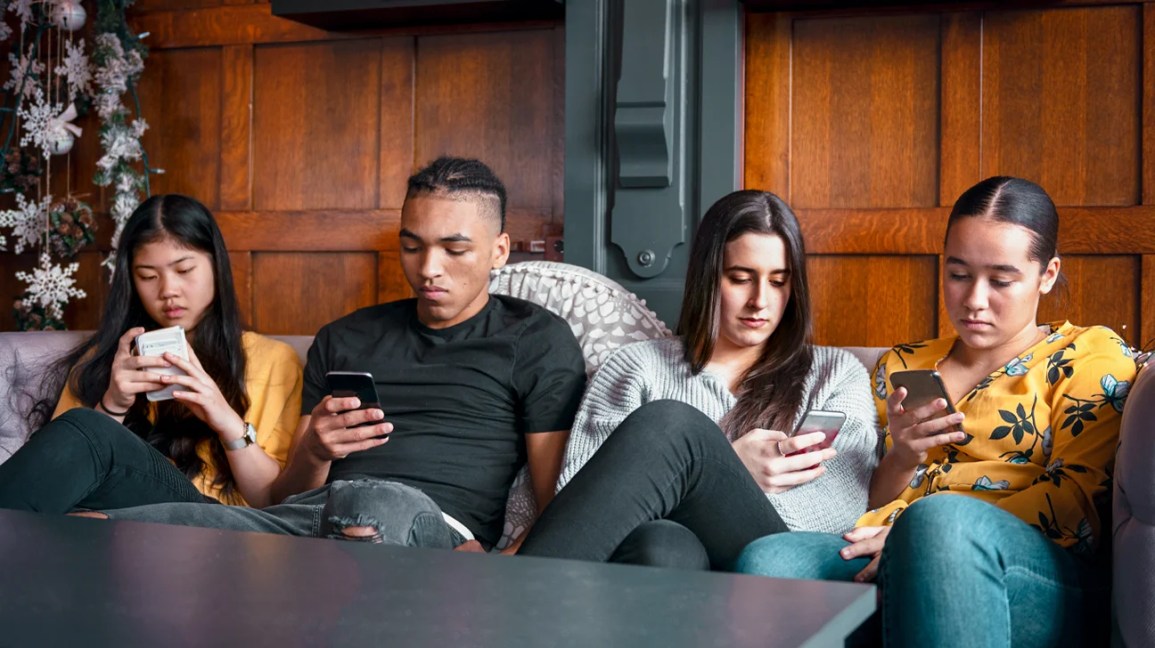Digital Fasting: Why everyone’s logging off in 2025 (and how to do it right)

Digital fasting is 2025’s top wellness reset trend.
In a hyper-connected world, silence is the new luxury. Digital fasting has surged in popularity in 2025, with everyone from influencers to executives taking conscious breaks from their screens. Whether for mental clarity, better sleep, or simply escaping the algorithm, logging off has become the new form of luxury self-care.
This digital detox trend isn’t just for wellness junkies, it’s a worldwide movement responding to rising concerns about burnout, dopamine dependency, and the long-term effects of screen addiction.
Why Digital Fasting Is the Break Everyone Needs
The average adult now spends over 8 hours a day staring at screens, according to recent studies. As a result, anxiety, overstimulation, and attention disorders are skyrocketing globally. In response, digital fasting, voluntarily abstaining from digital devices for set periods, is being embraced as a necessary reset.
In 2025, digital fasting retreats are booked out months in advance, and even tech companies like Google and Apple are pushing screen time limitation tools. Mental health experts link digital fasting to improved emotional regulation, better sleep, and enhanced productivity.
From Silicon Valley to Sub-Saharan Africa: The Global Spread of Logging Off
What began in Silicon Valley as a niche biohacking trend has gone global. Nigerian content creators now announce “digital sabbaticals,” while Japanese companies are offering “no-phone Fridays.” Across continents, the common goal is simple: reclaim time and presence.
The World Health Organization has even listed digital overuse as a leading modern health concern. In response, the global shift toward tech detox and digital minimalism is accelerating.
The Science Behind the Screen Break
When we unplug, our brains are given space to restore dopamine sensitivity and reduce the hyperstimulation caused by constant notifications. Digital fasting promotes better sleep by eliminating blue light exposure, enhances focus by removing digital distractions, and even strengthens memory through analog interaction.
In fact, studies in 2025 from the American Psychological Association revealed that a 3-day digital fast can reduce cortisol levels by up to 25%, equivalent to a week of vacation.
How to Start Your Digital Fast Without Feeling Disconnected
Ready to log off? Here’s how to make digital fasting effective:
- Start Small: Try a 24-hour weekend detox, no phone, laptop, or TV.
- Set Boundaries: Use app blockers or set phone-free zones at home.
- Go Analog: Replace scrolling with journaling, reading, or walking.
- Tell People: Inform friends or work contacts you’re unplugging to reduce anxiety.
- Use Tech for Good: Ironically, apps like Freedom and Forest help manage screen time and reinforce your commitment.
It’s not about rejecting technology but using it with intention.
READ ALSO
10 street foods around the world worth traveling for
Digital Fasting Is More Than a Trend, It’s a Lifestyle Shift
While some still view it as a fad, digital fasting in 2025 has become a lifestyle choice for many. It symbolizes mindful consumption, not just of content, but of time and energy.
As the digital world becomes more immersive, with AI companions, VR meetings, and infinite scrolling, choosing when to unplug might just be the most radical act of self-preservation this decade.
In 2025, digital fasting is not just a health trend, it’s a powerful cultural shift. With anxiety and burnout on the rise, taking time to unplug is no longer optional. Whether for a weekend or a month, logging off may be the smartest way to reconnect, with yourself.




